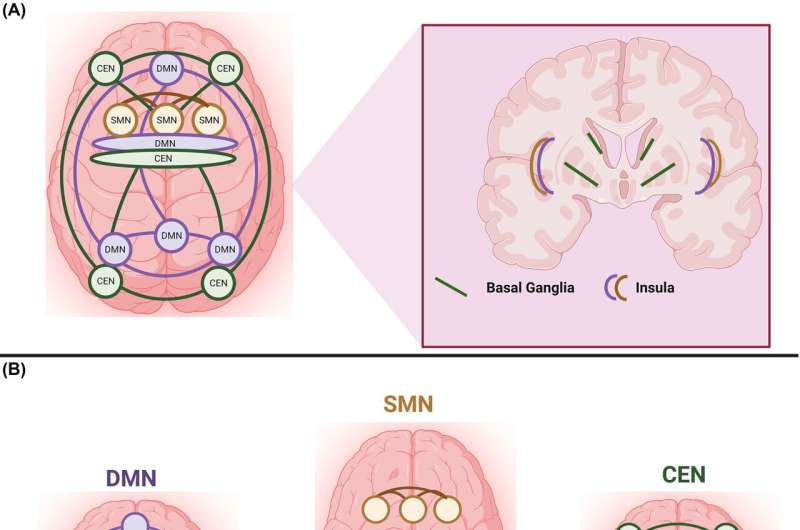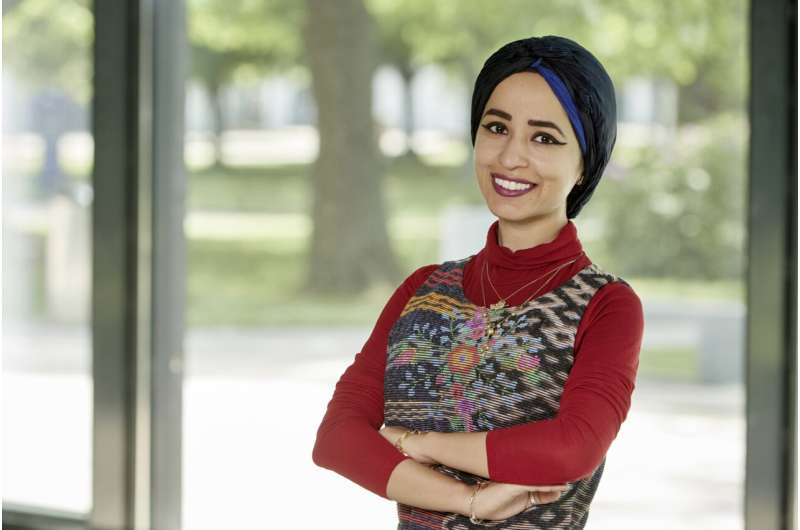This article has been reviewed according to Science X's editorial process and policies. Editors have highlighted the following attributes while ensuring the content's credibility:
fact-checked
proofread
Examining whether creative therapies can help with neurodegenerative diseases

Can creative therapies help with neurodegenerative diseases, such as stroke and Alzheimer's disease? Neurobiologist Dr. Radwa Khalil of Constructor University in Bremen and Prof. Vida Demarin, former director of the International Institute for Brain Health in Zagreb, Croatia, have recently published an article presenting their results addressing this question.
The concept of brain plasticity pertains to modifications in the neural pathways of the brain and refers to the changes that usually arise in response to various factors, such as training-induced behavioral alterations and physiological processes like maturation or brain injuries. Khalil and Demarin are researching how to improve plasticity through creative therapies related to neurodegenerative diseases such as stroke and Alzheimer's disease.
In their article, "Creative therapy in health and disease: Inner vision," now published in the journal CNS Neuroscience & Therapeutics, the authors deal with creative therapeutic approaches such as painting, music, sport, and dance. "Creativity is more than creating novel, surprising and useful solutions," Khalil said. "The neuroscientific approach to examining the relationship between creativity and health is frequently disregarded. Creative therapy can help patients compensate for their cognitive impairments by expressing their hidden talents."

At the same time, the authors identify a number of central questions that require further research. "Despite the current development in the research on the neuroscience of creativity, it is still in the shadow compared to other research domains. Progress in this research domain demands further empirical studies," said Khalil.
More information: Radwa Khalil et al, Creative therapy in health and disease: Inner vision, CNS Neuroscience & Therapeutics (2023). DOI: 10.1111/cns.14266


















